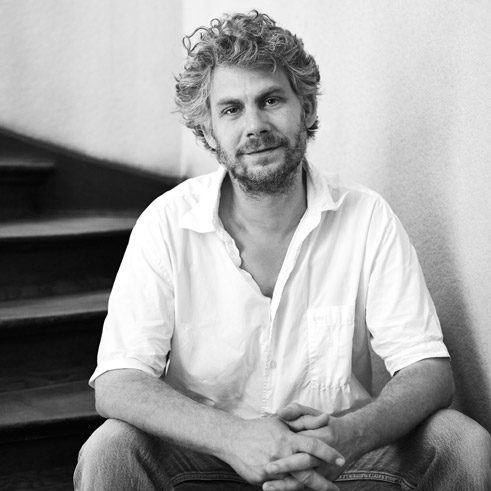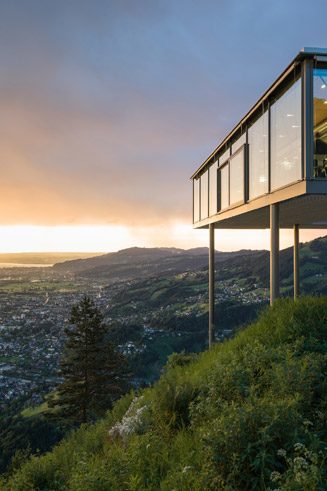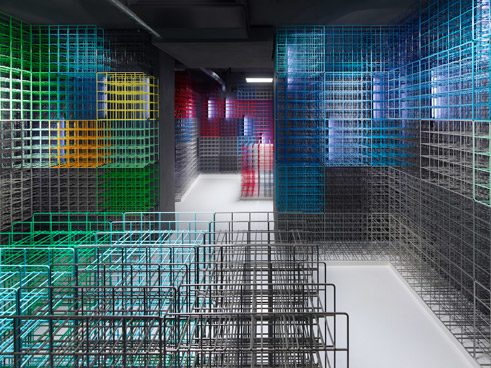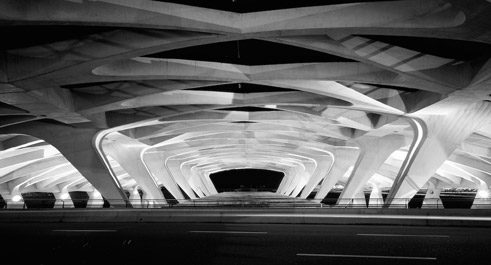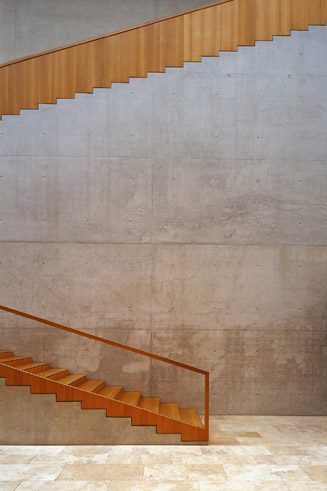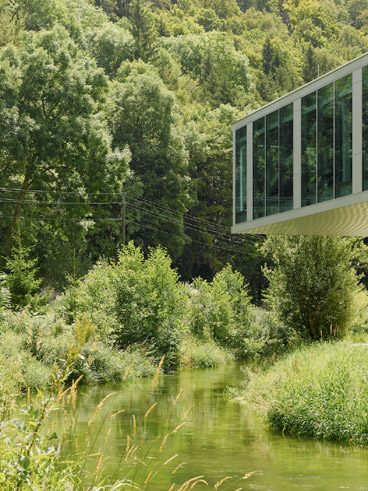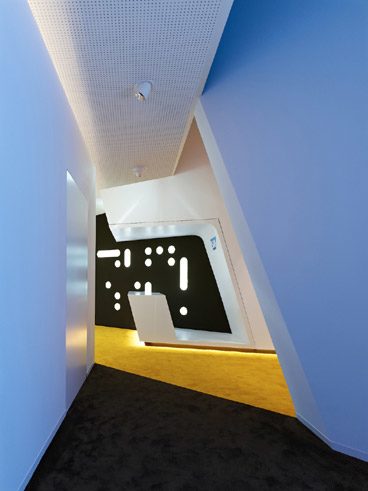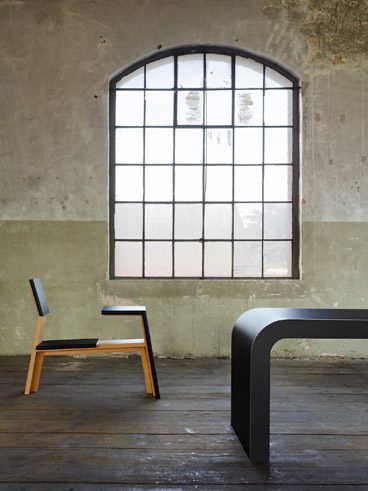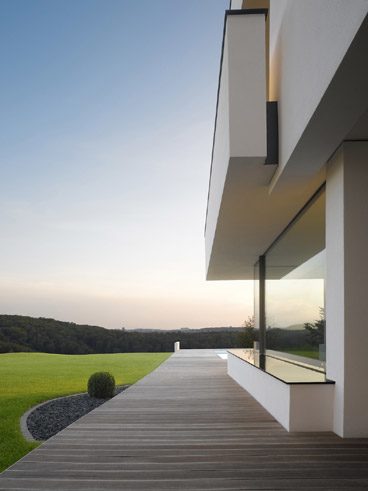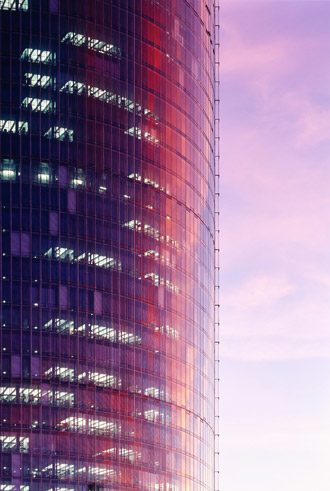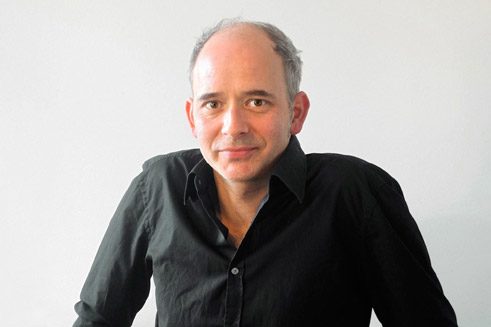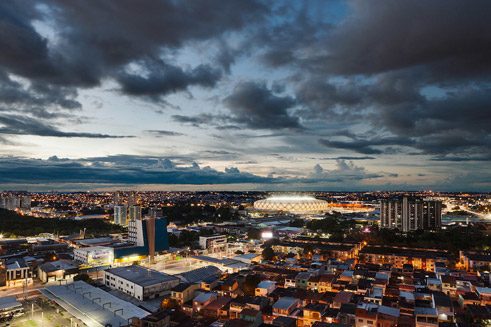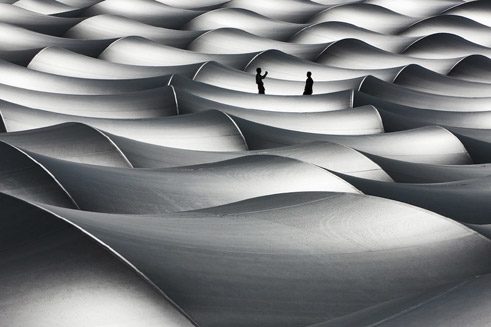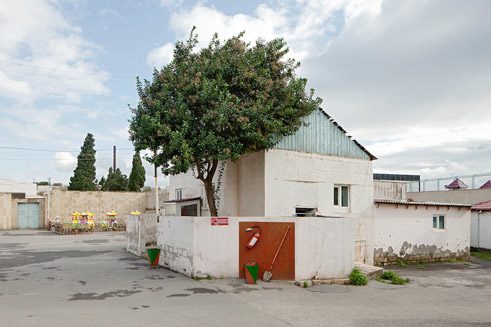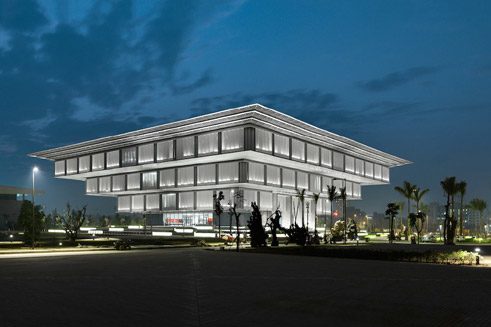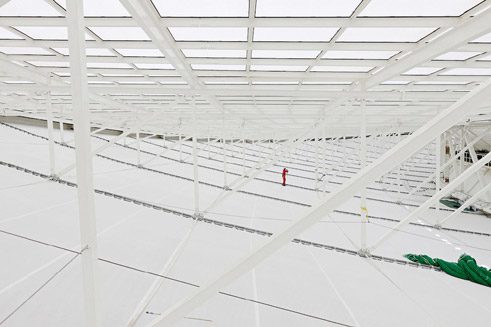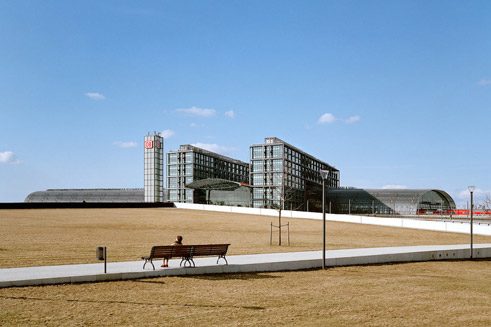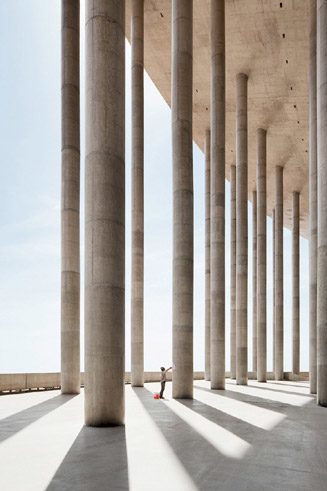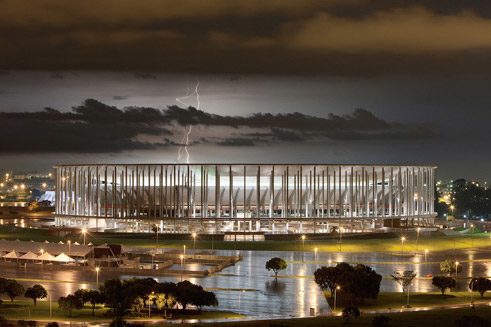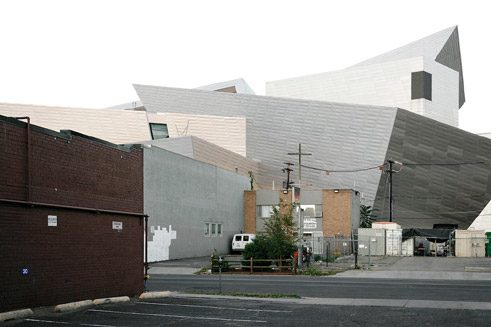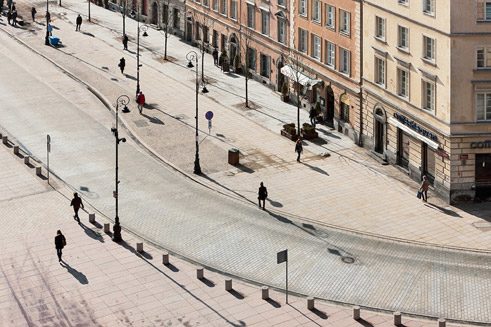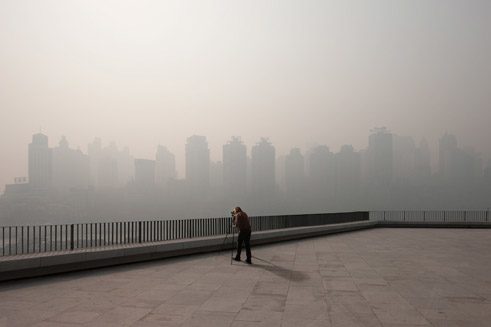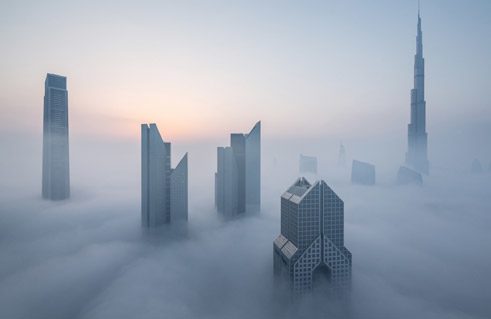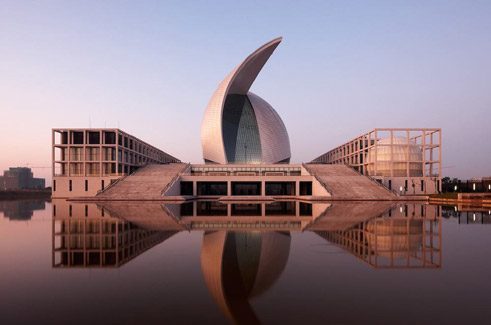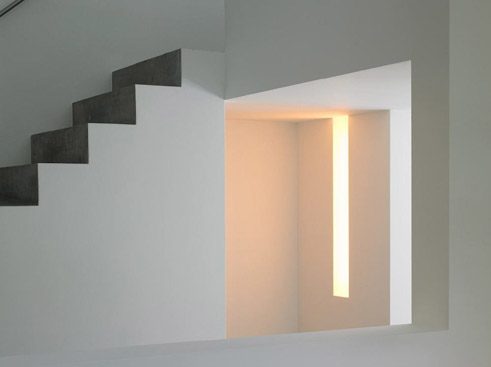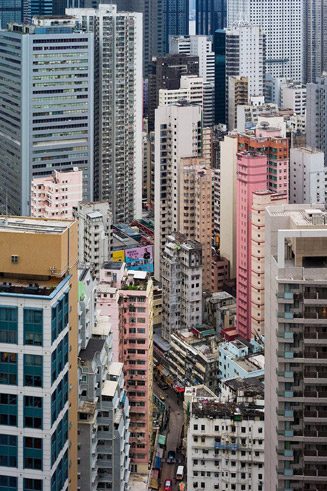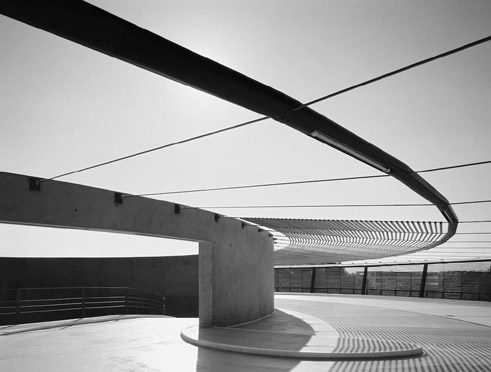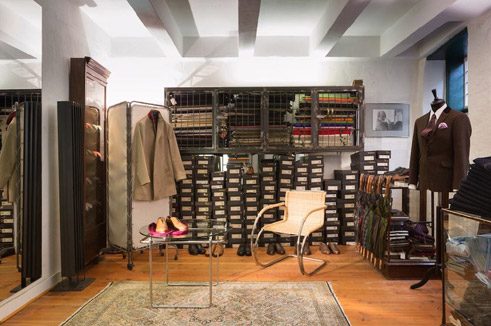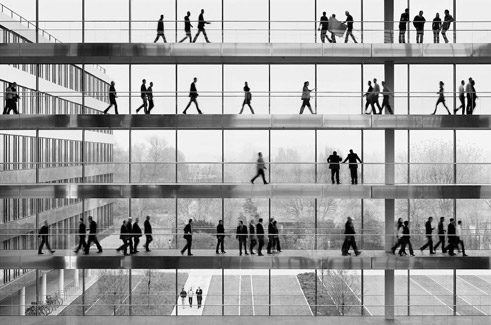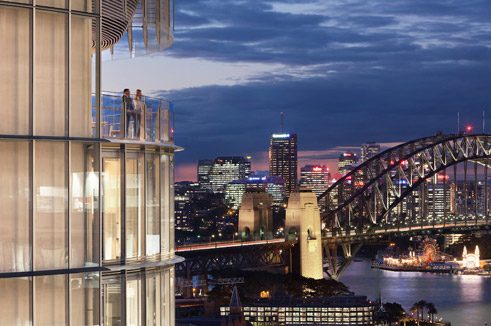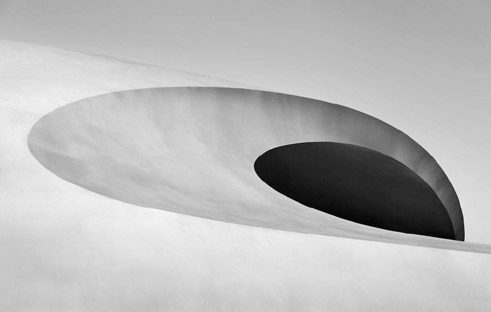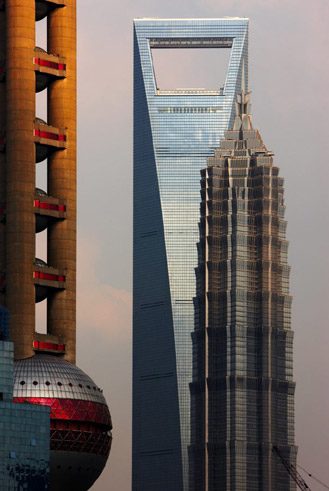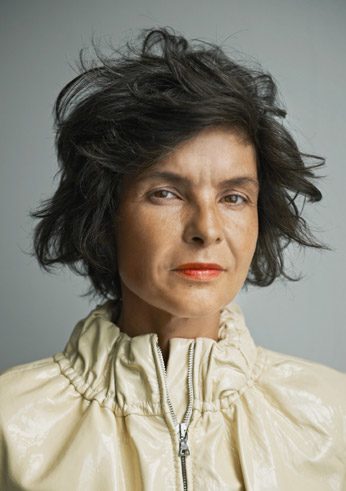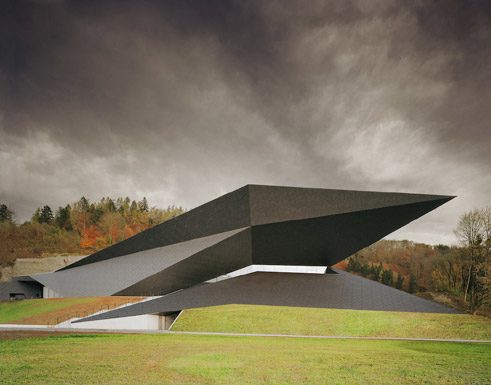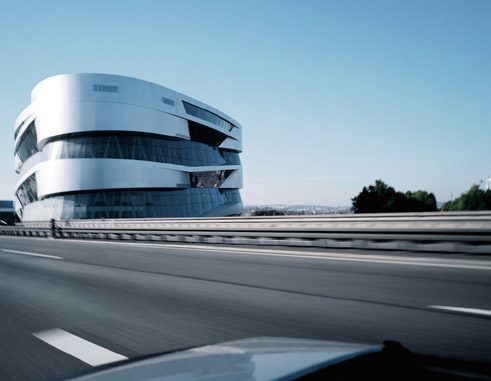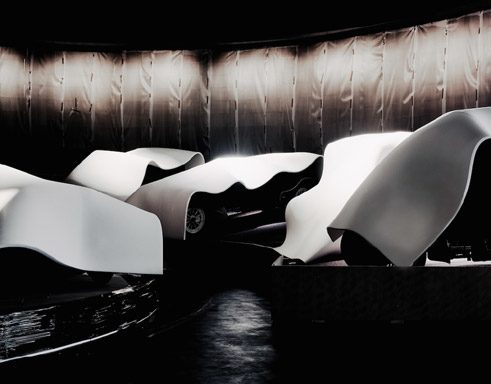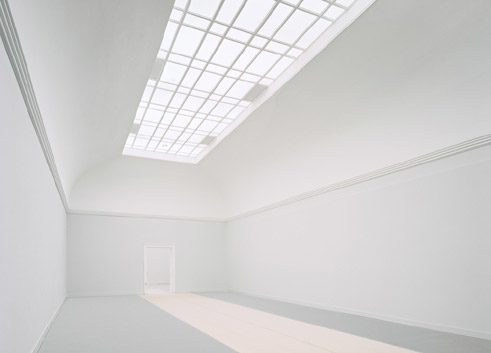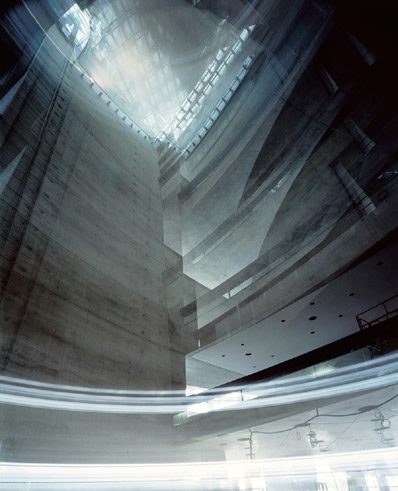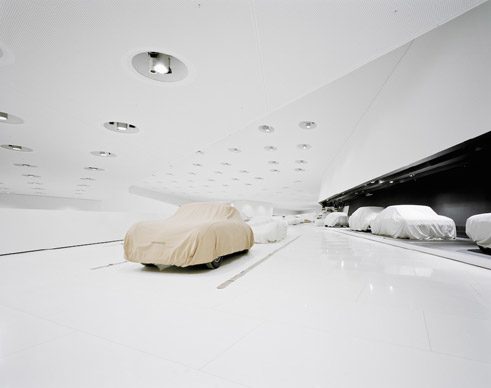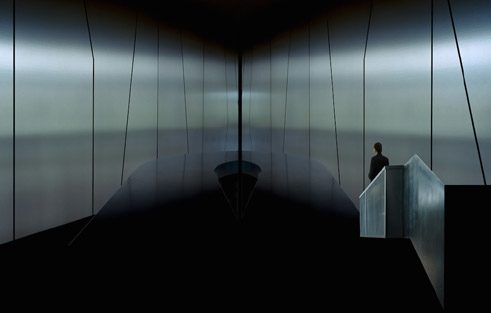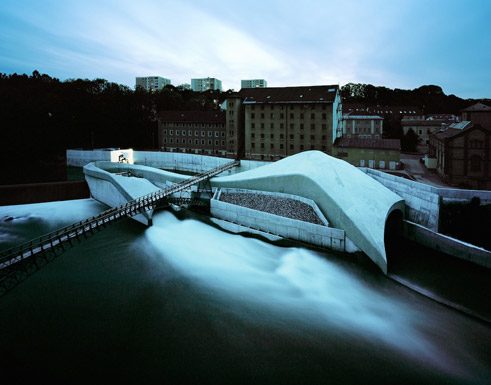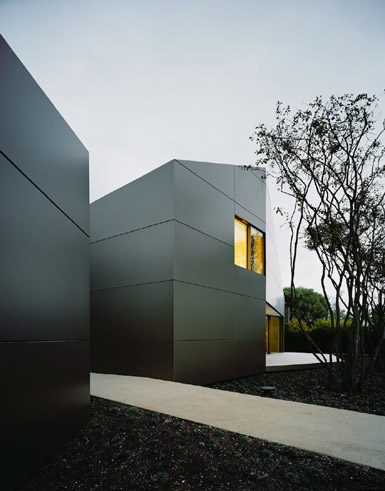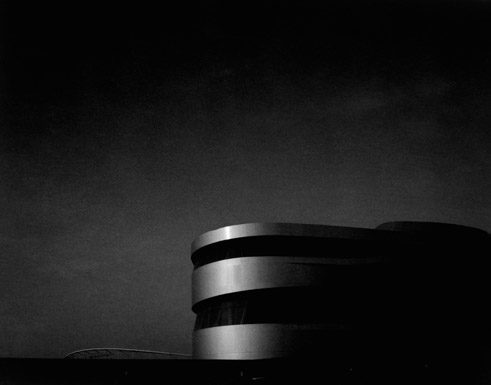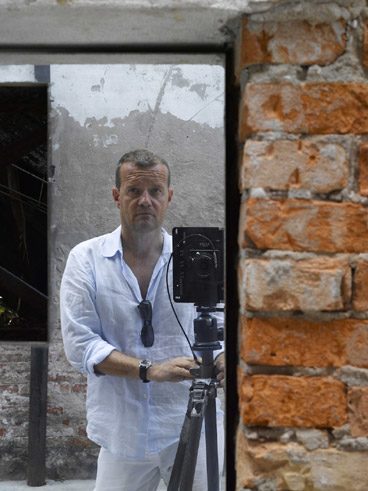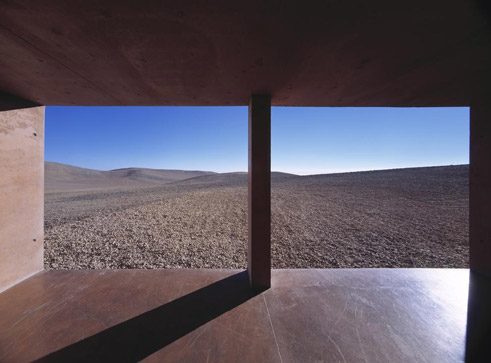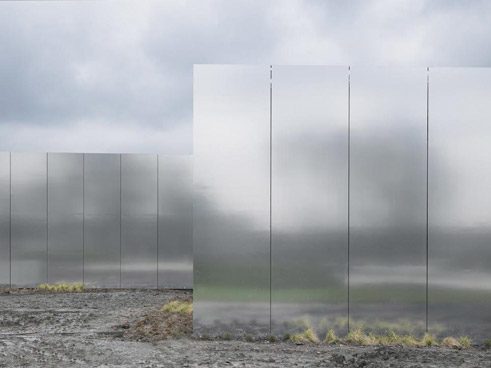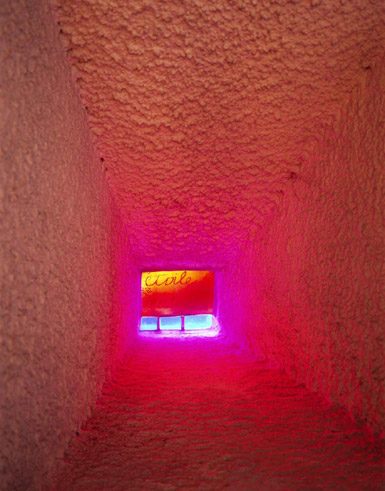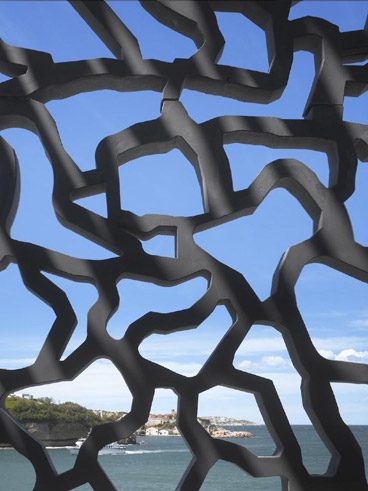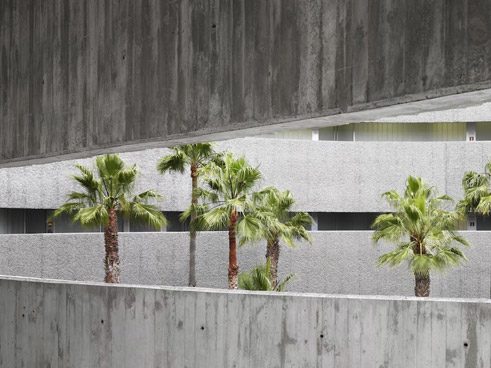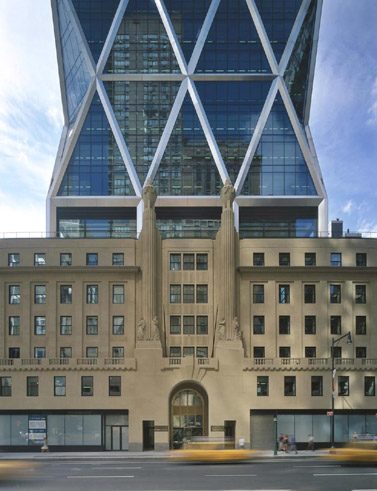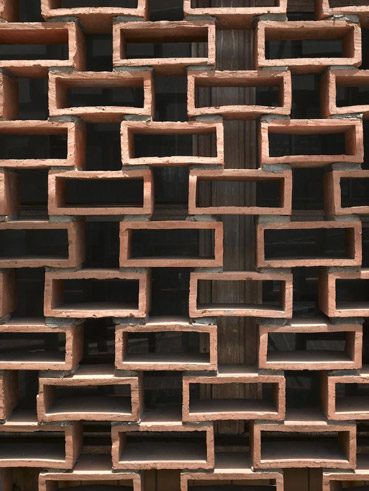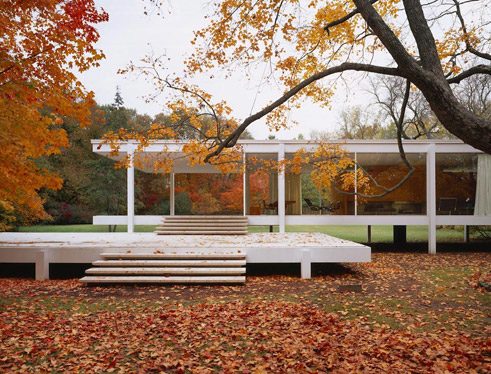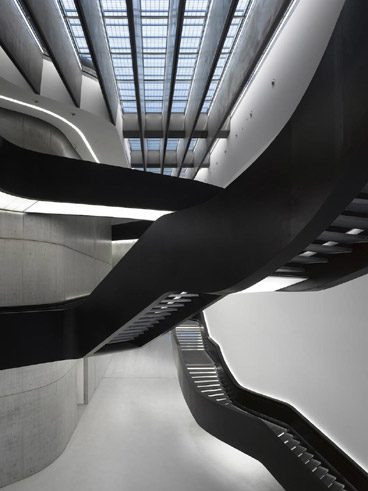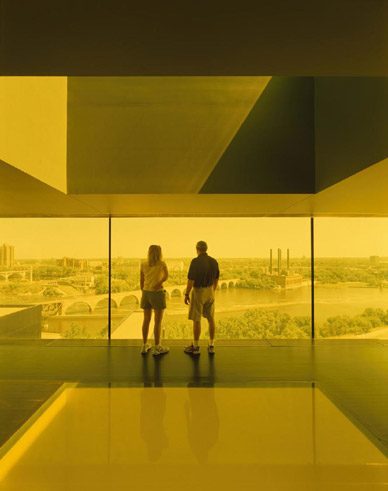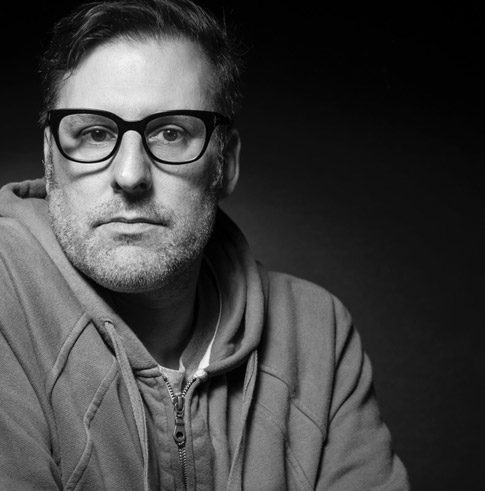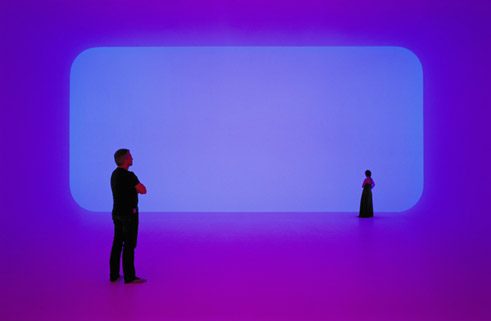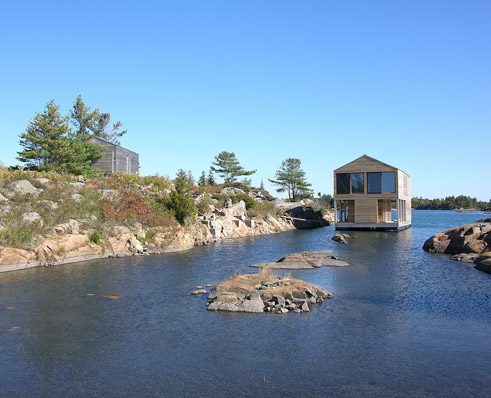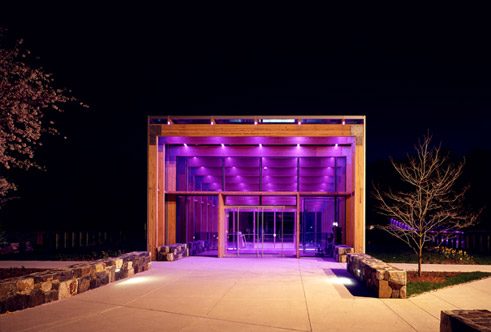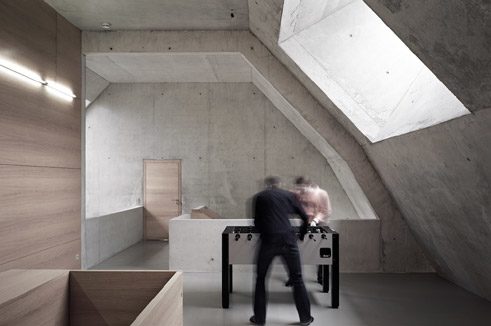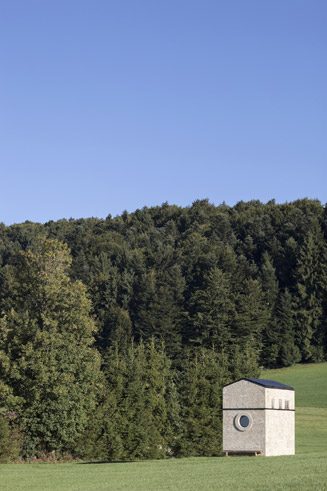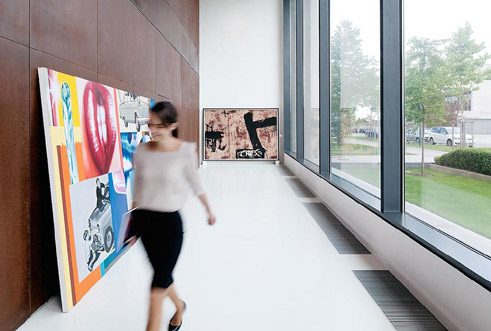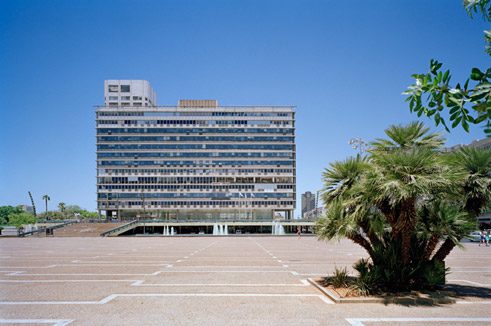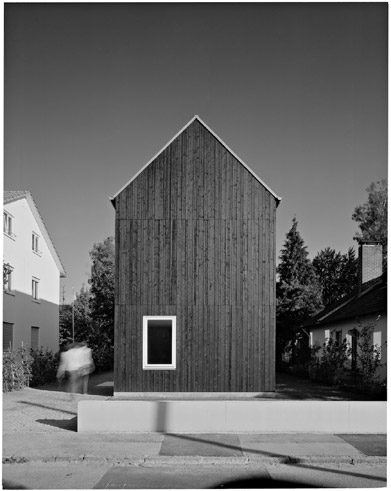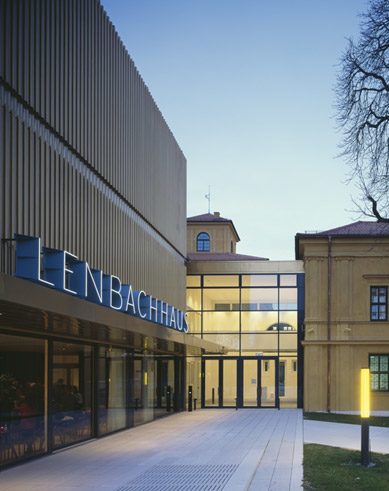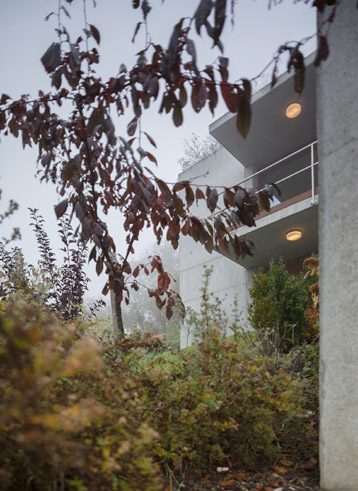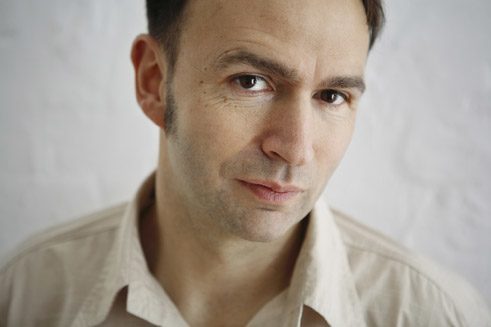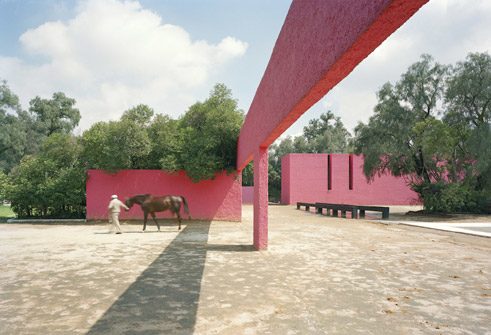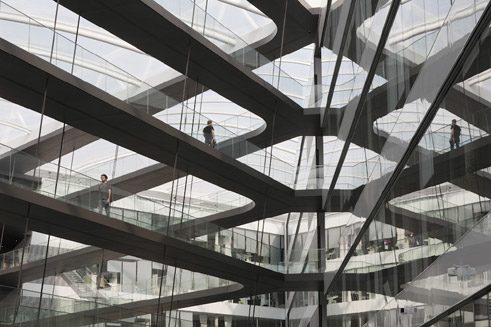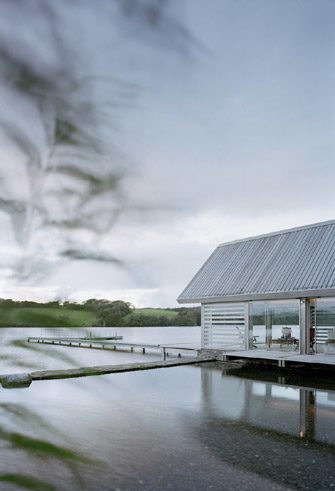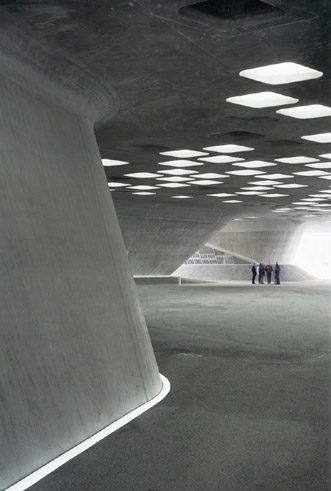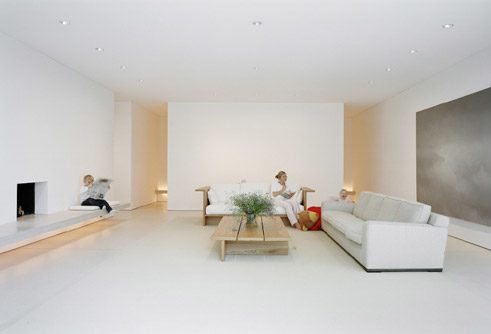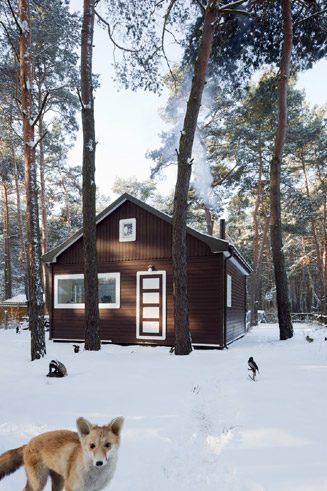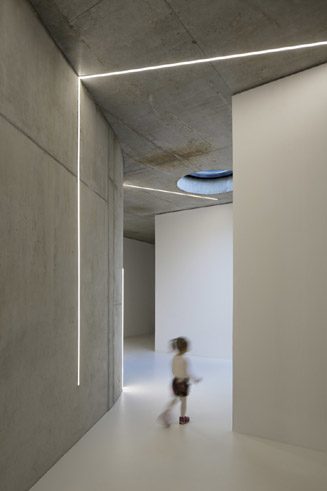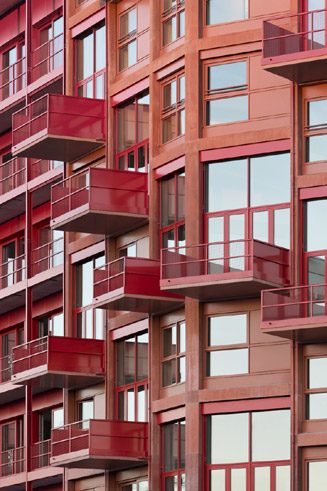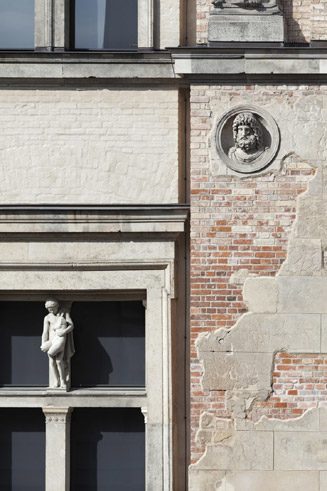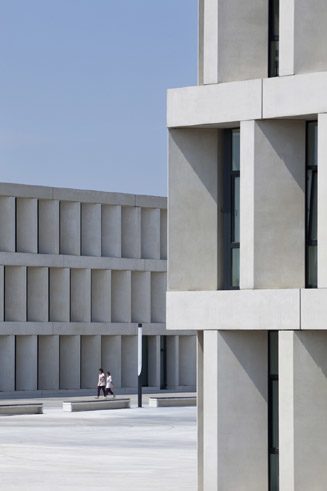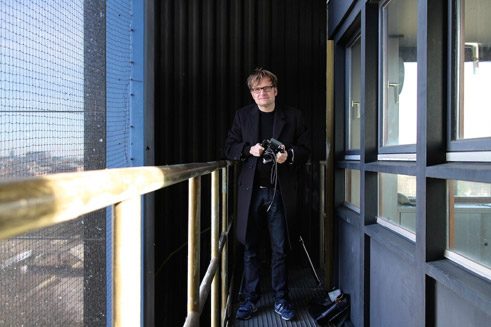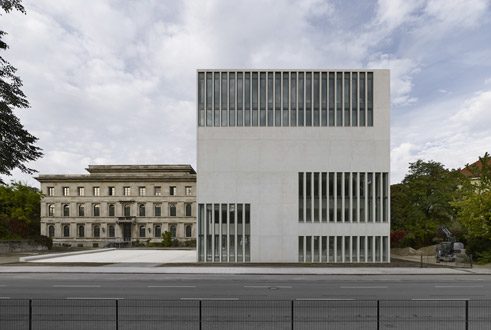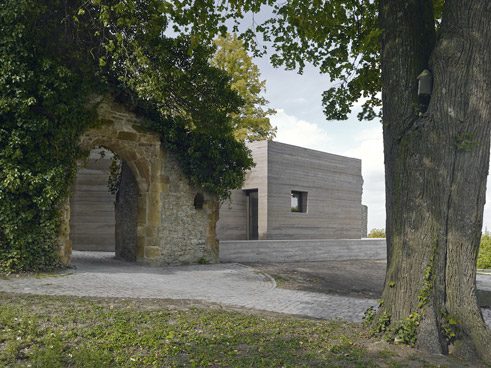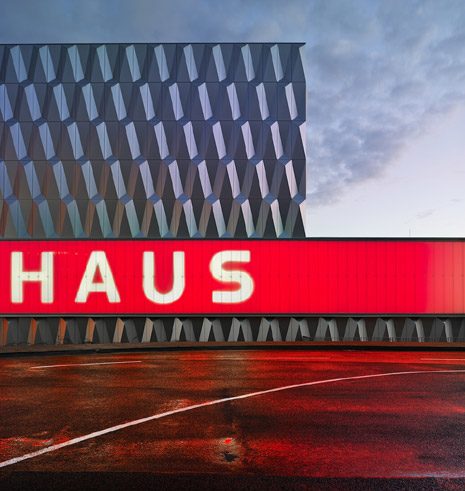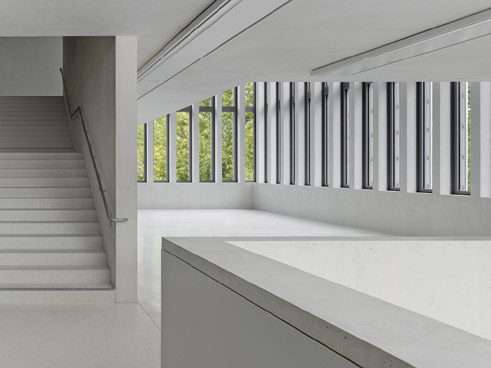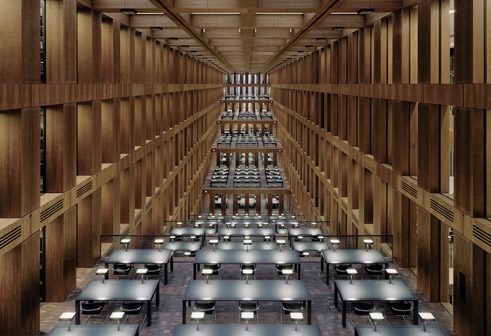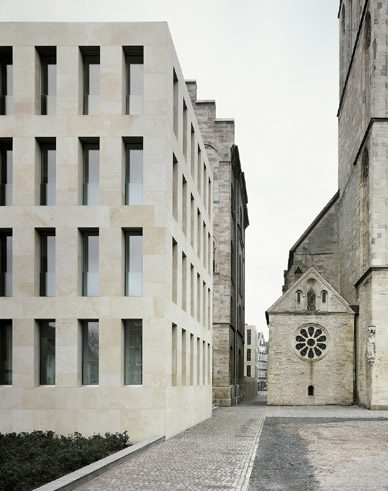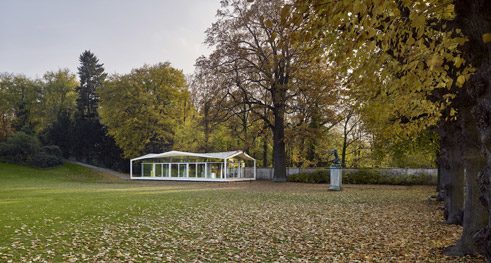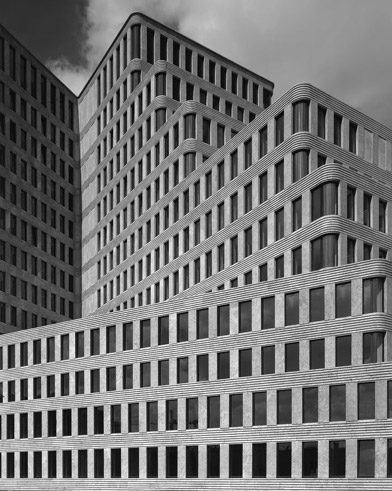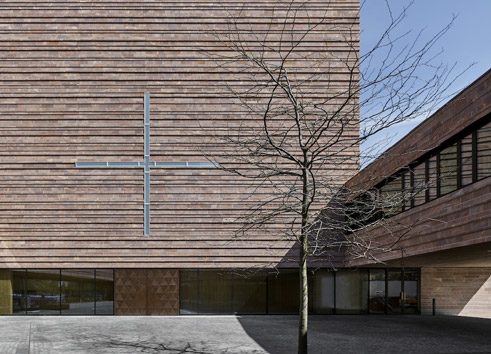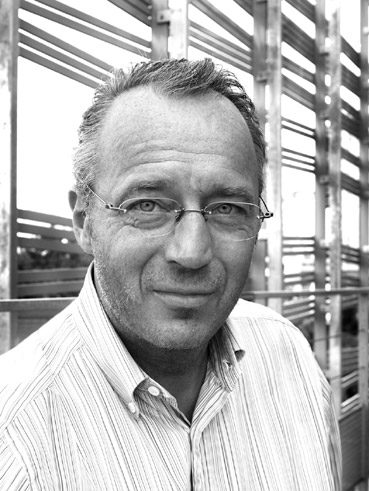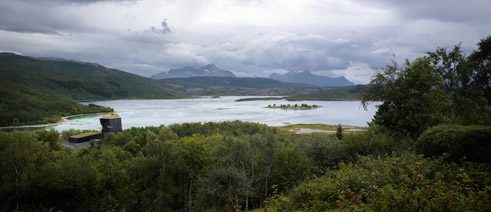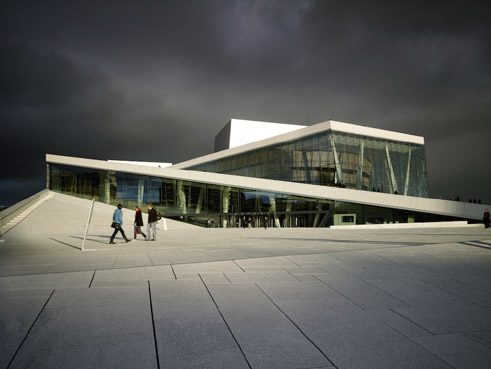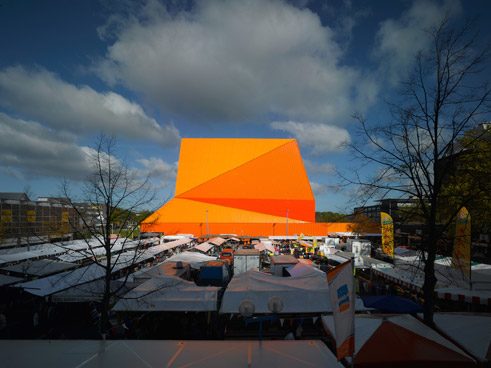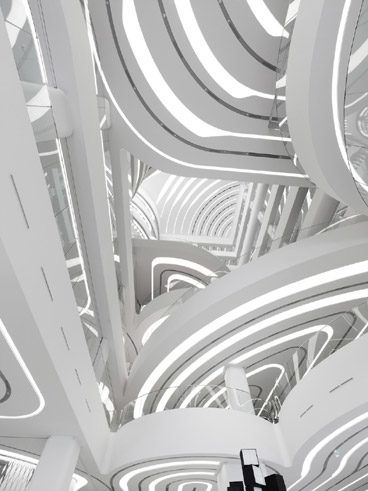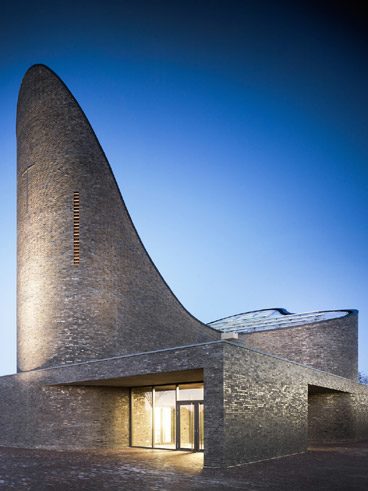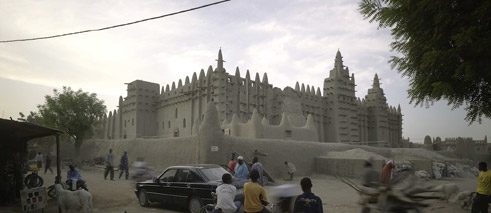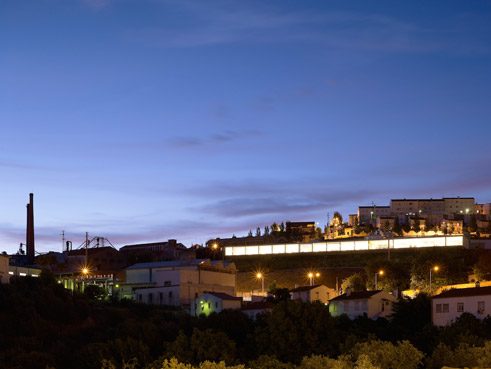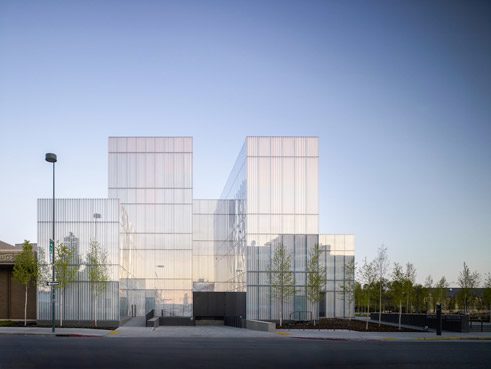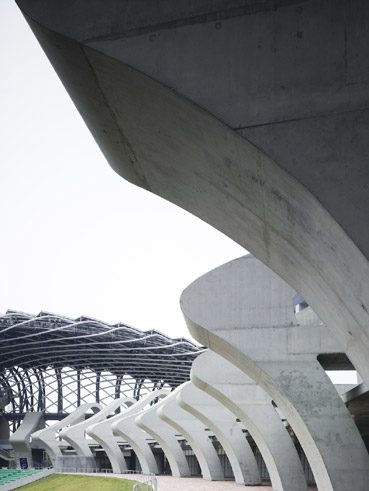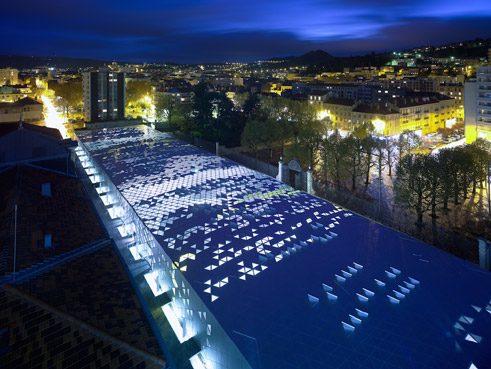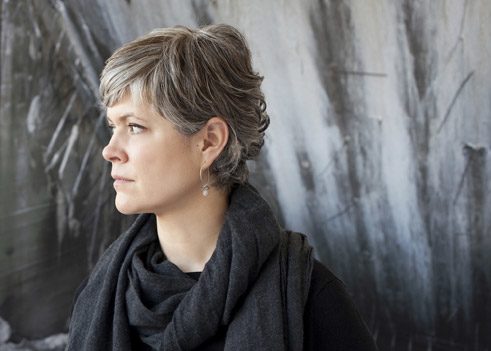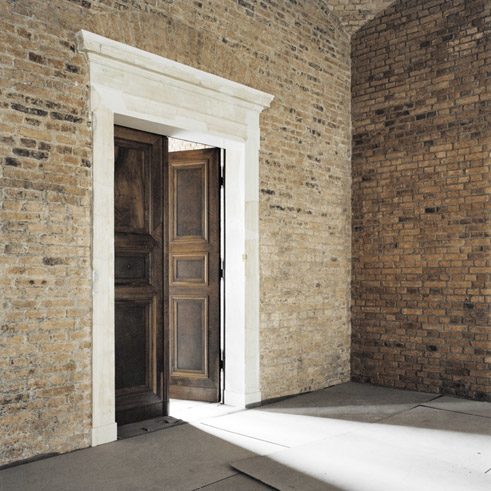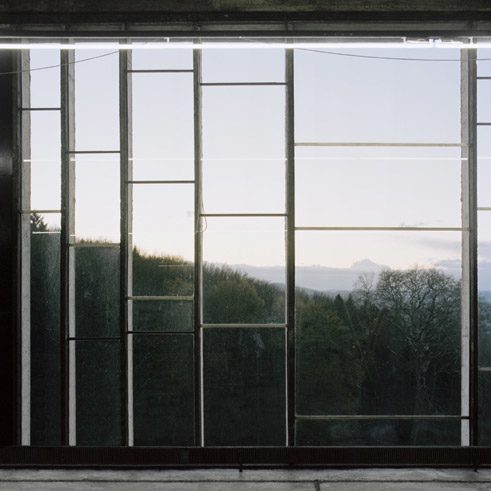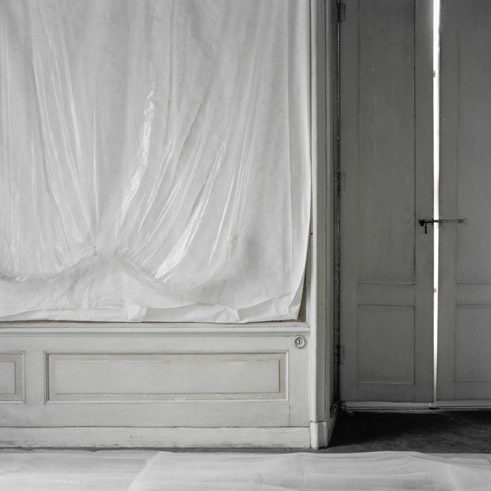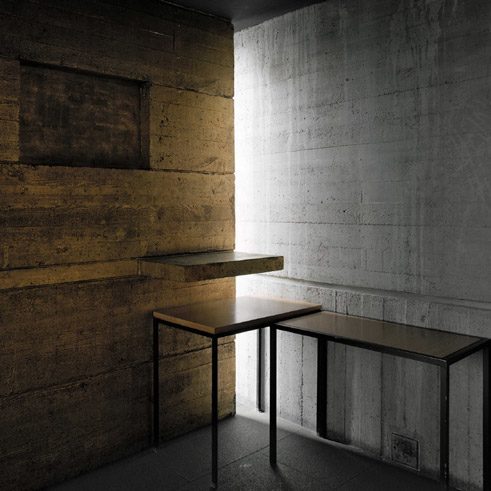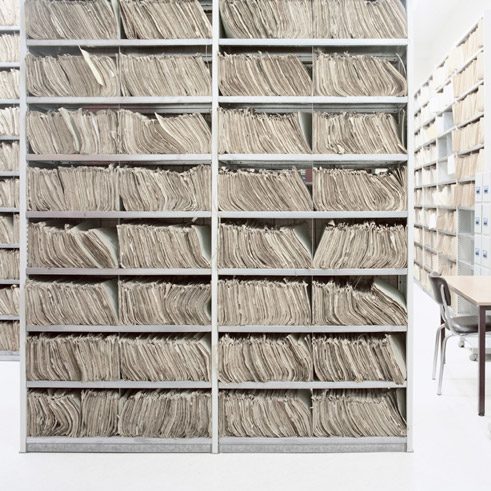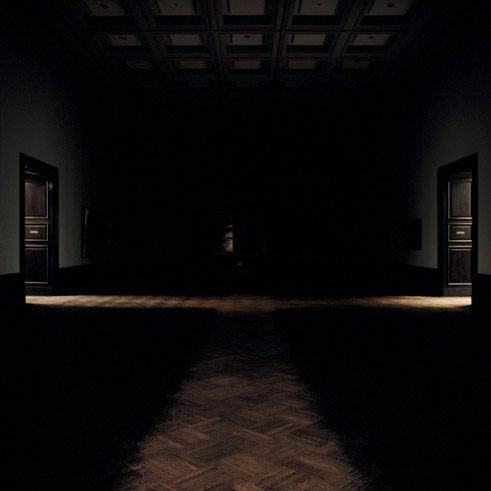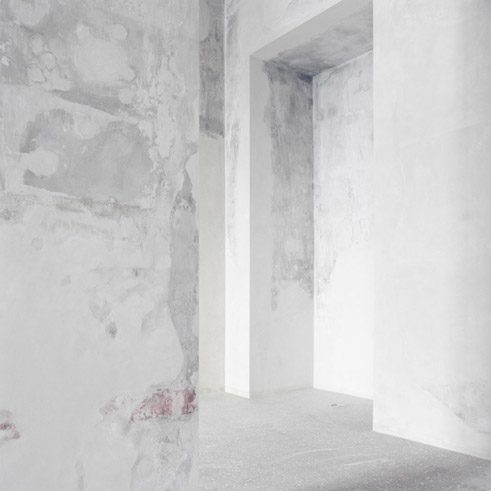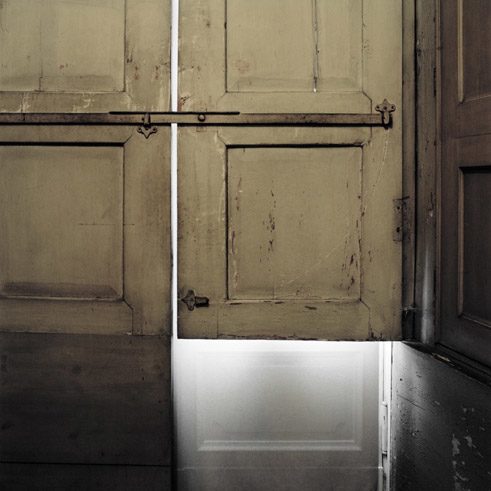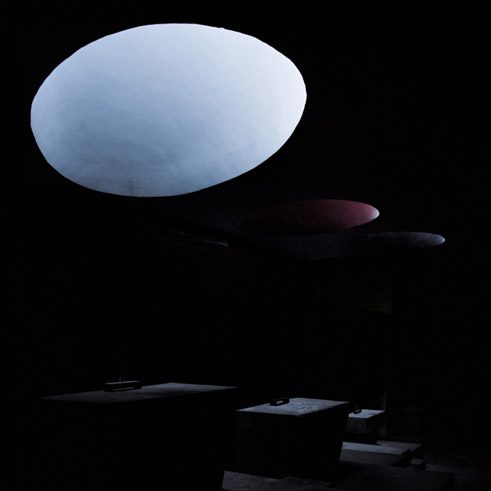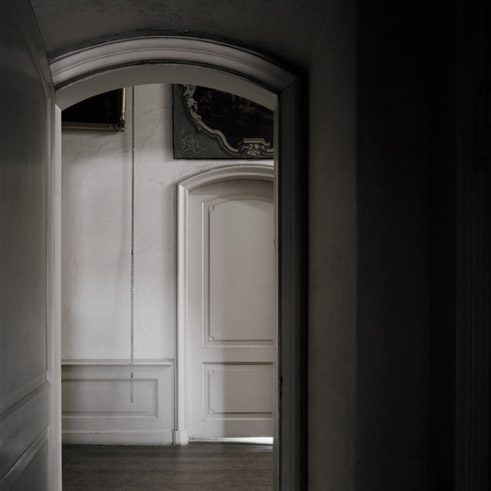Top Ten
The best German architectural photographers
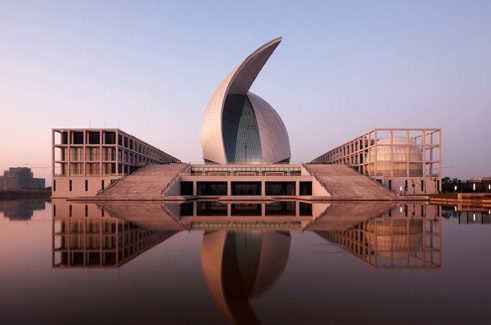
Architecture criticism and architectural photography are inseparable - and yet they are fundamentally different. The one describes a space, a building, a city in words, the other captures the light that emanates from the architecture: through sober documentation, “unbribable” commentary, or sensitive narration, poetic rapture. In Falk Jaeger’s work as architecture critic, the architectural photographer turns into his alter ego. He has selected the best of the profession and presents them with their various approaches and pictorial languages in brief portraits.
One might think that taking pictures of houses cannot be all that difficult. They don’t run away and wait patiently for the right light together with the photographer. Sometimes, however, the waiting is in vain, and often conditions are not comfortably manageable as they are in the studio. Thus it becomes clear that in photographing architecture, one very much needs a feeling for the motif, the right moment, the congenial view, and imagination. These ten selected photographers demonstrate this, constantly surprising the viewer with new perspectives, atmospheres and effects.
Architectural photography is also a completely independent field of work. Unlike fashion, cars, or food the issue here is not setting the motifs in the right lighting with the purpose of selling them. The houses have already been sold. For the most part the photos are commissioned by architects who want to have their works documented and often have very definite ideas about how the buildings should look and how they should affect the viewer. Sometimes, however, the photographer turns an unremarkable building into a star, and the photo itself becomes an icon. Many an architect has brought his or her building like a child into the world and left it to others – and therefore to the photographer as well – to absorb and interpret their work.
The fact that buildings are generally photographed without users, in other words without people is a phenomenon that is difficult to explain – the more so since architects mostly put pictures of people into their renderings of planned buildings.
Perhaps the reason for this lack of people in typical architectural photographs is that the work of a photographer, depicting a building, is like composing a still life. Living creatures are only a disturbance here. But given a choice, most architects also go for an image without people. Modern architecture has striven since its beginnings in the early 20th century for clarity, simplification and abstraction. People, by contrast, bring disorder and life into the building. Elite architectures of one kind or another cannot tolerate this at all – which calls their reason for existing into question, but that is another story.
The documenting architecture, the attempt to acknowledge and appreciate the work of the architect, present it as faithfully as possible and render it accessible, is an important task of architectural photography. Architectural theory speaks of the form level, the topological, physically present architecture. This level is every-day working life for most architectural photographers. The axis of symmetry, where present in the object, is obligatory. But photographers also choose other angles, avoid perspectival distortions, wait for optimal light conditions. It is no accident that some of the architectural photographers have passed through the school of the photographer Dieter Leistner in Mainz or at the Fachhochschule Dortmund. He radiates and has perfected this approach of careful geometric composition, harmony and balance. Thus images of high intensity and precision arise, in some of which an effect can be observed that the idealised image has in a certain way detached itself from reality.
But there is also the level of appearance, in other words the architecture as it is perceivable, influenced by weather, the observer’s movements, or other conditions of reception. When Hans Georg Esch stages his panorama photos of Chinese metropolises, he does not wait for a smog-free day, but instead reflects the poetics of the schematic layout of Cityscapes. Others compose photo essays on this level and do not necessarily document the architecture per se, but instead the ambient as it is.
The third level, that of the image, is the subjectively experienced reality of the architectural form and its appearance, and arises in the mid of the observer. This is the level on which Friederike von Rauch works, for whom architecture is a raw material from which feelings and dreams can be made.
Thus, a variety of approaches to the subject exists, and thereby also very different signatures among the Top Ten of architectural photography.
Zooey Braun
When the time came for Zooey Braun (born in 1966 in Braunschweig) to choose a profession, he took a job more or less by chance as an assistant to a photographer who was a friend of the family, and found that he liked the work. He wanted to photograph people, do photo journalism, just not photograph architecture, because his parents and grandparents were architects, a fact that significantly impacted family vacations and that therefore somewhat daunted him, but also provided him with an architect’s eye.Whether chance once again or fate, in any event, during his photo design studies in Dortmund, Braun encountered the renowned architectural photographer Dieter Leistner and later Jörg Hempel, under whom he obtained his certification. From then on he no longer did portraits of people, but of buildings.
The tranquillity and composure with which he proceeds are striking. How he avoids dynamism and spectacle. How he evens out the balance of image details. How he deliberately chooses the medium shot to reduce things, but also to focus on parts of the whole and disclose their own, inner composition. Images of great intensity arise, captured with a contemplative, but also definitely melancholy gaze that presupposes serenity.
Marcus Bredt
“I like the fact that buildings stand still and aren’t skittish or capricious,” is how Marcus Bredt (born 1968) explains his affinity for architecture. His initial involvement with Daniel Libeskind’s expressive architecture brought him to work with the interplay between buildings and their ambients, their surroundings and everyday life. Thus, apart from commissioned building portraits that idealise their subjects aesthetic images of reality also arise with a greater abundance of conflict. And in his urban portraits of Baku, Kiev and Bucharest, Brasília, Belo Horizonte and Manaus, the buildings depicted, in this case new football stadiums, are set in relation to their environments. People appear in the images, whether passers-by, employees, athletes who requisition the site created by the architect as their world in which the architect has intervened, in the best case putting things in order, helping, making offers.The changing appearances of architecture also awaken Marcus Bredt’s interest; dramatic weather situations, atmospheres that change with the light. And he tells the stories of the buildings, the builders, the construction workers, the employees without whom the buildings could neither arise nor continue to exist.
HG Esch
Although Hans-Georg Esch (born in 1964) lives in placid Hennef near Bonn, he is at the same time an internationally active architectural photographer. The spectrum of his works extends from Romanesque churches, the villas and bridges of Cologne, to an office building in Sydney. Recently, the great dimensions of human construction as they are above all to be found in non-European cities, in so called megacities, have interested and fascinated him. The skyscrapers of Dubai as they arise out of a sea of clouds, the city of Shanghai as it schematically appears in its smog like the backdrop to an apocalyptic film, or the mountain-climbing high-rise agglomeration that is Hong Kong.He is currently making use of new technical possibilities to do justice to the dimensionalities of megacities in his cityscape documentations. Taking these incredible leaps of dimensionality into account, his panoramas of Chinese metropolises convey fascination and trepidation, provoke both amazement and shudders. They become accessible in lavish exhibitions and large-format photo volumes that Esch realises with great dedication.
Brigida González
Following her classical training in photography, Brigida González (born in 1969 in Stuttgart) was initially drawn to film and worked as a camera woman. Working with this mobile medium has not been without influence on her current work, as she also now and then captures sequences on veritable film material. Or the Mercedes-Benz Museum is photographed in passing, the atrium even with a rotating camera.Emotion and dynamism come into play as well. Gonzáles responds to the motifs with a decided subjectivity and enters into a personal interaction with them. Thus at times her images disclose new, never-before-seen sections and perspectives that arise from an unconventional interpretation of the encountered artefacts. Light plays a decisive role as compositional factor in the work of Brigida Gonzáles. A nice blue sky is not what one wants if one intends to strengthen the buildings’ character, stage them, sometimes even going so far as a science-fiction impression. She expects this freedom of approach from her clients.
Roland Halbe
Roland Halbe (born in 1963 in Karlsruhe) studied photography at the Istituto Europeo di Design in Cagliari, Italy. He took up documentary architectural photography from the start, almost always as commissions from architects. Collaboration with architects is an essential aspect of his approach to his work, when entering into a project, comprehending the architects’ conceptual universe, tracing the intentions that are to be depicted. He is on the move with the most high-profile international architects and engineers in Germany, of course, in Europe with an emphasis on Spain, but also in other parts of the world. In addition to his precise, portrait-like, “unbribable” comprehension of the buildings, he is interested in the details and effects that are to be discovered everywhere if one just looks a little closer. As soon as the precise gaze and the framework of the searcher excise surprising perspectives from reality that develop a life of their own as aesthetic artefacts, then the images of isolated architectural elements become autonomous works of art that are worthy of being shown in galleries.Florian Holzherr
It is no accident that he has been drawn to the artists James Turrell and Donald Judd, the architecturally-oriented artists who venture the short step from architecture to the visual arts. Florian Holzherr (who was born in Munich in 1970 and studied at the Fachakademie Fotodesign there) had three interests: art, architecture and photography. In photography he saw the opportunity to integrate his other two interests.He compares his way of calmly and carefully realising photographs with a skilled craft rather than with hyper-creative artistic work. He aims to capture the precision of the works, stimulate imagination and thereby render the designed space legible, making the spatial experience comprehensible. He avoids fashionable modes of expression, since “Architecture and art documentation gain in significance the older they become, because depict our built history.” He sees in his German way of photographing a “dryer, more reserved” style that contrasts with the “kitschily colourful” architectural photography of the United States, but which in his experience is nonetheless also finding recognition across the Atlantic.
Werner Huthmacher
Werner Huthmacher (who was born in 1965 in Landau/Pfalz and lives in Berlin) is a graduate of the school of Dieter Leistner and in Germany is one of the most in-demand photographers commissioned by architects and institutions, whose works are present in both professional and major public media. He aims not only for an aseptic documentation of architecture, the architectural gaze along the axis of symmetry. He far prefers to pursue themes for exhibitions, for instance, tell stories or stage sequences. He also stages people with similar intent, as an absolute standard but also to confront the “dead” architecture with the life for which it is in fact created. He thus had live piglets driven through the building for one of his building art works, a photo installation in the German Federal Ministry of Food, Agriculture and Consumer Protection. With stratagems like these, the two-dimensional the dimension of time is added to the two-dimensional photographic works.Stefan Müller
Stefan Josef Müller (born in 1965 in Bonn) had initially dedicated himself to rationalism under the influence of the architect Oswald Mathias Unger. He photographed Unger’s works in a like-minded manner. In Italy, the homeland of razionalismo, he wandered in the footsteps of the painter Giorgio de Chirico and transposed his pittura metafisica in the pictorial language of photography, depicted houses and streets like de Chirico as hard, lifeless stage scenery. Consistently, he also focused on Ungers’ successors and depicted the formal rigour of Max Dudler, Ortner & Ortner, Kleihues + Kleihues and Schulz und Schulz. For the most part his carefully geometrically balanced and arranged images appear deserted and in this way unfold an extraordinarily suggestive power.He has recently added other attitudes and styles, since the buildings of architects such as Barkow Leibinger or Roedig Schopp open up a different access and new perspectives on the built environment.
Christian Richters
Born in 1958 in Münster/Westphalia, Christian Richters obtained his certification in communication design at the Folkwang-Schule in Essen. Intent on architectural photography from the beginning, he entered the profession very early on and was at the time one of only a very few. Today, more than his colleagues, he is active in all parts of the earth, photographs for international media as well as for international star architects such as Rem Koolhaas, Toyo Ito or UNStudio. From his home in Münster, he has accompanied the emergence of Dutch architecture and its journalistic and publishing activities. He therefore also cultivates multifaceted connections with prominent architects in The Netherlands.Richters also delivers the orthogonal “architects’ views” as obligatory programme, so to speak. But where freestyle is concerned, what interests him is the “magic of first arrival” at a place, visually capturing and decoding it. He approaches the building, encircles it and documents his process of getting acquainted with it. In this way, he seeks to convey both the architectural conception and the character of the architecture.
Friederike von Rauch
“I’m not an architectural photographer,” she stresses, which is true inasmuch as she does not accept any commissions for photographic documentation of buildings. Friederike von Rauch, born in 1967 in Freiburg im Breisgau, makes use of architecture only as a subject for her artistic work. The spaces, the traces left by people (only the traces, never the people themselves), the atmospheres are what draw her attention. Context is of no interest, is greyed out, the pictorial information radically reduced. The issue here is not spectacular new buildings, but space, light and shadow, materiality, atmosphere. Nothing bold or striking, loud, dramatic or in motion is to be found in her pictures. They are composed like the pictorial spaces of Romanticism.Her colour palette is pale, subdued almost to the point of monochrome, the diffuse light flowing gently, conveying a reserved stillness, deserted museums after closing-time are her places of longing. She gives longing an image and a form: she is the poet of architecture – with a camera.
